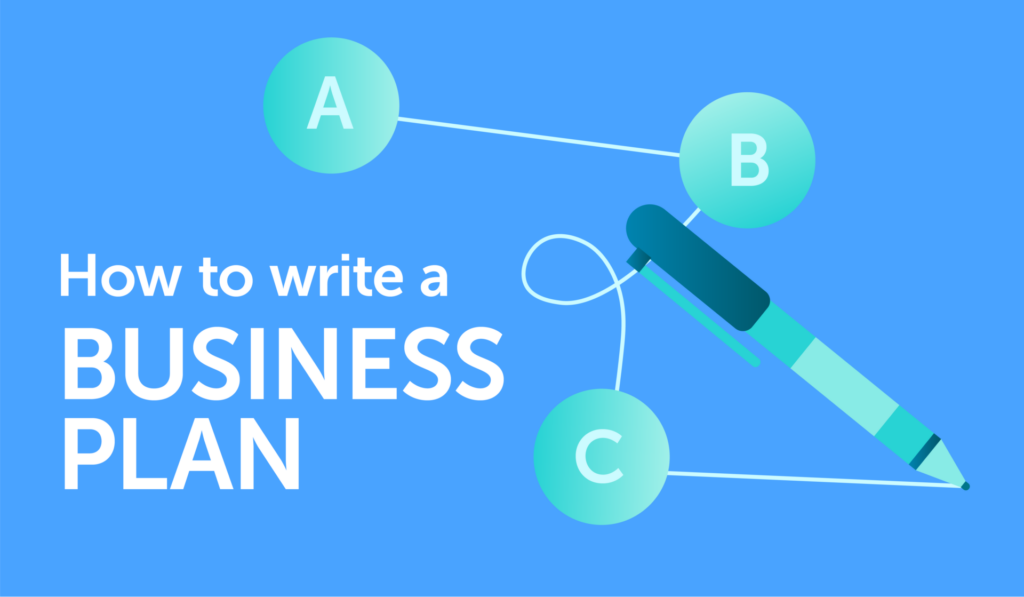
How to write a business plan
A well-crafted business plan is the cornerstone to any successful venture. It serves as a roadmap, outlining your goals, strategies, and financial projections. Whether you’re starting a new business or seeking funding for an existing one, a carefully written business plan can be instrumental in attracting investors and guiding your operations. One sure thing about running a growing business is change. A business plan is perhaps the thing that will change most often throughout this entrepreneurial journey.
In this article, we will explore the key areas of a business plan, provide a start-up business checklist, and discuss budget considerations.
Areas of a Business Plan:
- Executive Summary: This section provides an overview of your business, highlighting its mission, unique value proposition, and key objectives.
- Company Description: Describe your company’s history, legal structure, industry analysis, and target market. Include details about your products or services and explain how they meet customer needs.
- Market Research: Conduct a thorough analysis of your industry, competitors, and target market. Identify your target audience, their characteristics, and buying behaviours.
- Organisational Structure: Define the organisational structure of your business, including key personnel and their roles. Highlight the qualifications and expertise of your team members.
- Operations & Logistics: Provide details of any equipment, insurance, software, or any other service/supplier required to make your business operational.
- Products or Services: Describe your offerings in detail, emphasising their features, benefits, and competitive advantages. Outline your product development roadmap, pricing strategy, and intellectual property considerations.
- Marketing & Sales Strategy: Outline your marketing and sales approach, including routes to market, advertising methods, and customer acquisition tactics.
- Financial Projections: Prepare a draft budget, taking into consideration your income from sales and costs. Include assumptions and break-even analysis to demonstrate the viability of your business.
- Funding Request (if applicable): If you’re seeking external funding, clearly state your funding requirements and explain how the investment will be used to drive business growth.
It’s important to make sure your business plan is updated as the business grows and evolves. Investors rely on business plans to evaluate the feasibility of the business before funding it, which is why business plans are commonly associated with getting a loan.
Start-Up Business Checklist:
If you’re a start-up business, we’ve put together this handy checklist to get you thinking about how to get started:
- Define your business idea, mission, and vision.
- Conduct market research to understand industry trends and customer demands.
- Identify your target market and develop buyer personas.
- Create a unique value proposition that differentiates your business from competitors.
- Develop a marketing and sales strategy to reach your target audience effectively.
- Determine the legal structure of your business and register it accordingly.
- Define roles and responsibilities, even if it’s just you in the business.
- Identify potential risks and create contingency plans.
- Set measurable goals and key performance indicators (KPIs) to track progress.
- Develop an operational plan, outlining the day-to-day activities and processes.
- Determine your pricing strategy and financial projections.
- Create a comprehensive business plan incorporating all the above elements.
Budget Considerations:
We understand that putting a budget together from scratch is a difficult task. We’ve outlined some key areas below, which you should consider when launching a start-up.
- Start-up Costs: Identify and estimate the initial costs required to launch your business, such as equipment, inventory, licenses, permits, and marketing expenses.
- Fixed and Variable Expenses: Differentiate between fixed costs (rent, salaries, utilities) and variable costs (raw materials, commissions). Ensure your pricing strategy covers these expenses while generating a profit.
- Revenue Streams: Define your primary and potential secondary revenue streams to assess the feasibility of your business model.
- Cash Flow Management: Develop a cash flow statement to monitor the inflow and outflow of funds. Consider potential gaps in cash flow and plan accordingly.
- Financial Forecasting: Utilise historical data, industry benchmarks, and market research to project future revenue, expenses, and profitability. Periodically review and revise your financial projections as your business evolves.
Writing a business plan requires careful consideration of various elements, from market analysis to financial projections. By following the suggested areas of a business plan, utilising the start-up business checklist, and addressing budget considerations, you can develop a comprehensive business plan. Remember, a well-crafted plan not only helps you secure funding but also serves as a roadmap to guide your business towards success.
(E) enquiries@advaloremgroup.uk (T) 01908 219100 (W) advaloremgroup.uk






